A window of opportunity has opened for Israel, but it isn’t cost-free; many now argue annexation could finally draw a line in the sand between Israelis and Palestinians
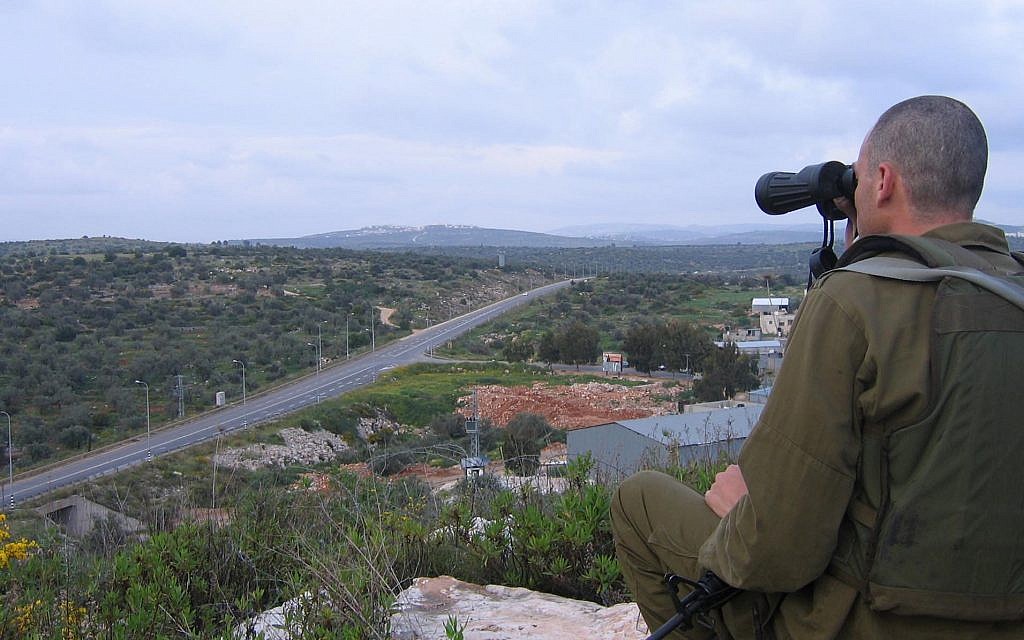
In a little noticed video this week, the founder of the most important Israeli settlement advocacy group acknowledged that the movement he helped found had long “denied the reality” of the Palestinian presence in the West Bank — and suggested it could do so no longer.
Israel Harel, 82, was among the Israeli troops who liberated Jerusalem’s Old City in 1967 before going on to help found the Ofra settlement and becoming the founding chairman of the Yesha Council. On Tuesday he joined Rabbi Benny Lau for a conversation broadcast online as part of Lau’s 929 Bible study initiative.
Did the early West Bank settlers, as they planted their flag on mountaintops throughout the West Bank in the early 1970s, “see” the Palestinians? Lau asked Harel.
“Of course I saw them,” said Harel. “But a revolutionary movement sometimes needs to ignore reality to achieve its goal. Of course, it shouldn’t commit acts of injustice, acts of dispossession. And certainly in that period no settlement sat on the ruins of any Arab settlement. That didn’t happen at all… But for a revolutionary movement to gallop forward, it needs in large measure to ignore reality. It’s like a platoon or company charging under fire; if we’re afraid that every bullet will hit us, we won’t charge.”
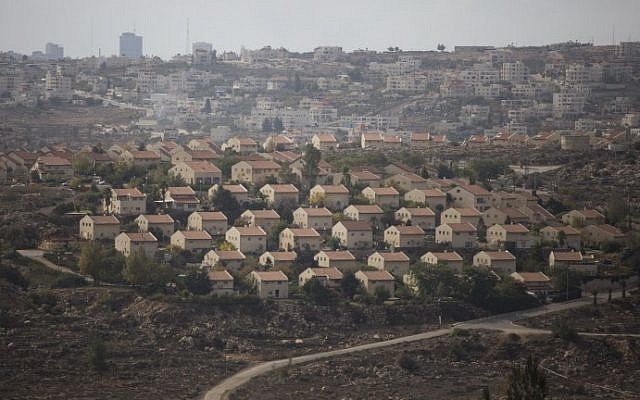
Harel’s comments aren’t theoretical. The settlement movement he once led is now torn between two camps: those who support a limited Israeli annexation in the West Bank given the window of opportunity opened up by the Trump peace plan, and those who oppose it as the ushering into being of a dangerous, radicalized, certain-to-fail Palestinian state.
Binyamin Regional Council mayor Yisrael Gantz is an example of the latter, warning in a promotional video released Tuesday that accepting the Trump plan means “agreeing that 70% of the territory will turn into a Palestinian state… We must be clear that consenting to sovereignty [i.e., annexation] is not consenting to the future establishment of a Palestinian state.”
But Harel wants such a state, albeit a smaller version of it than the one proposed by Washington. In the conversation with Lau, he explained why.
Lau challenged the activist, asking what would happen to the Palestinians living in the lands about to be annexed by Israel. Will they be “equal in rights and status to Israel Harel and Benny Lau?” he wondered.
“In those areas where we apply our law, the answer is unequivocally affirmative. Unequivocally affirmative,” Harel said. “You cannot today act toward people in a way that grants them anything less than complete equality of rights in everything. The first of those rights is the right to vote.”
That unavoidable equality, he went on, “is why I support applying [Israeli] law only to Area C… Areas B and A [the 40% of the West Bank where most Palestinians live] will remain outside the area of sovereignty” — and, crucially, would become a state of its own.
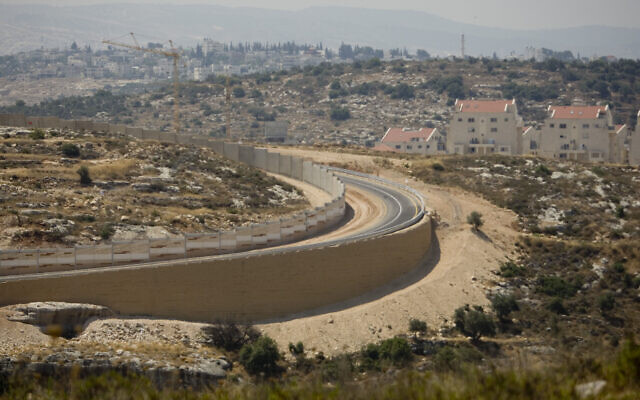
“Their political entity will want — and I expect it sooner or later — for a Jordanian entity to arise with corridors to areas A and B in Judea and Samaria, and that will be their long-awaited Palestinian state,” Harel said.
It was an astonishing comment, though it isn’t a new suggestion. It acknowledges that Israel cannot permanently control the Palestinians, and acknowledges too that the 40% of the West Bank Harel offered made up a paltry, segmented crumb of a statelet. The answer to all these problems, Harel argues: Let the Palestinians have Jordan too, where Palestinians in any case make up a majority of the population.
An unexpected consensus
Israel has avoided a decision on the fate of the West Bank for 53 years. Over the past 11 years, as he led a nation still reeling from the bloodletting that resulted from previous attempts at resolving the conflict, Netanyahu has made that tradition of indecision his defining policy vision: do nothing, avoid the downsides of withdrawal or annexation as long as the benefits remain elusive, and wait for the Palestinians to come around.
The Trump peace plan put forward by Jared Kushner’s team, whether intentionally or by accident, disrupted that comfortable Israeli indecision. Unlike other peace plans, it leans decisively in Israel’s favor, and so makes indecision harder to justify. For the first time since the Oslo peace process of the 1990s, settlement leaders find themselves forced to explain to the public in videos and protest tents why they are opposed to the plan.
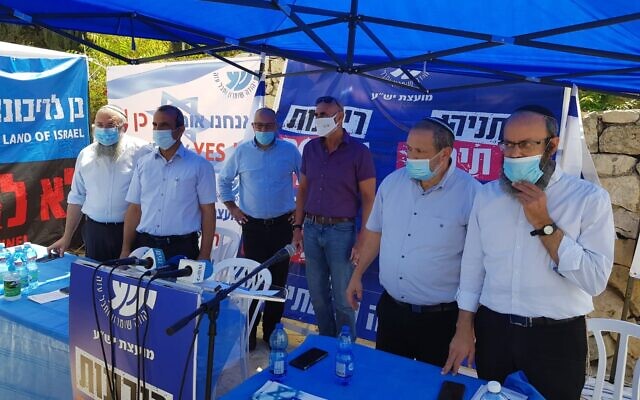
The plan was supposed to reshape Palestinian politics, to clarify the limits of Palestinian demands and force a shift in the Palestinian negotiating position. But the Palestinians haven’t budged. The effect, ironically, is being felt mostly on the Israeli side. In its very acceptance of Israel’s arguments about land and security, the Trump plan is forcing a moment of decision, a line in the sand. There is too much at stake, Netanyahu has argued, to cling to the old ambiguity.
Netanyahu even went to the trouble of ensuring that a West Bank annexation is included in the coalition agreement with Blue and White’s Benny Gantz – indeed, it is the only policy in the agreement over which Gantz has no veto.
But Netanyahu needn’t have worried.
In the last few days it has become increasingly clear that Gantz himself senses the opportunity and even shares in the excitement.
In a Friday column in the Yedioth Aharonoth daily, Channel 12 political analyst Amit Segal quoted Gantz responding to left-wing criticism over the annexation. “When I declared across three consecutive elections that I support applying sovereignty to the settlement blocs,” he complained, “what exactly did the left’s voters think, that I was fooling the right-wingers?”
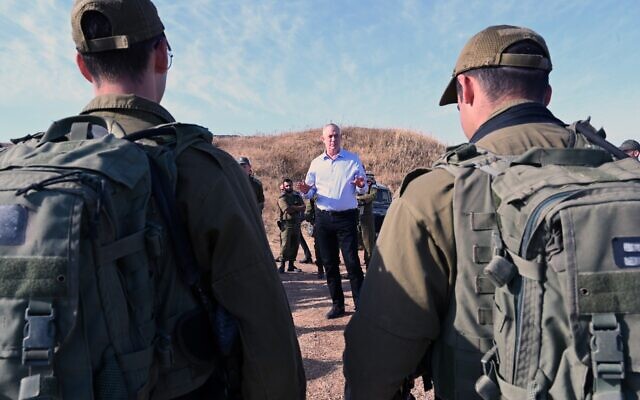
The defense minister supports a “reasonable” version of annexation, Segal wrote. He wanted to annex less than what Netanyahu has in mind, perhaps, but “agrees, like Netanyahu, that the move has the potential to shake up the frozen negotiations with the Palestinians.”
A grudging consensus is coalescing out of the fog of generation-old ambiguity. Founding figures of the settlement movement are accepting not only that any annexation will be limited — but the principle of Palestinian statehood that those limits imply. On the center-left, the sense that some version of the long-forgotten Allon Plan, Israel’s earliest unofficial articulation of its ideal solution to the territory, may be attainable is driving a new interest in taking the plunge – and in ensuring Palestinian independence in the unclaimed areas.
Harel, at the rightist edge of the consensus, hopes the Palestinian state will be limited to 40% of the West Bank (and, in compensation, as much of Jordan as the Palestinians desire). The Trump plan, lauded by both Netanyahu and Gantz, calls for 70% of the territory to become Palestine. Gantz himself, his political ally Foreign Minister Gabi Ashkenazi and much of the rest of the center and left hope to avoid being saddled with the 15 settlements and 14,000 settlers that the Trump plan leaves in small enclaves surrounded by Palestinian cities deep in the West Bank. They’d prefer an Israel sans those enclaves, effectively growing the Palestinian state to a much more contiguous 80% of the territory.
An old aphorism often heard in the Knesset teaches that the hardest part of negotiating is shifting one’s opponent from principled opposition to haggling over the precise figures of agreement. “Once you’re arguing about numbers, you’ve won the argument,” goes the adage.
Far from any negotiating table, and without input from the Palestinians or an increasingly critical international community, the range of Israeli views is narrowing from questions of principle to questions of square kilometers, and a new willingness is emerging to act on that agreement.
As reported by The Times of Israel
